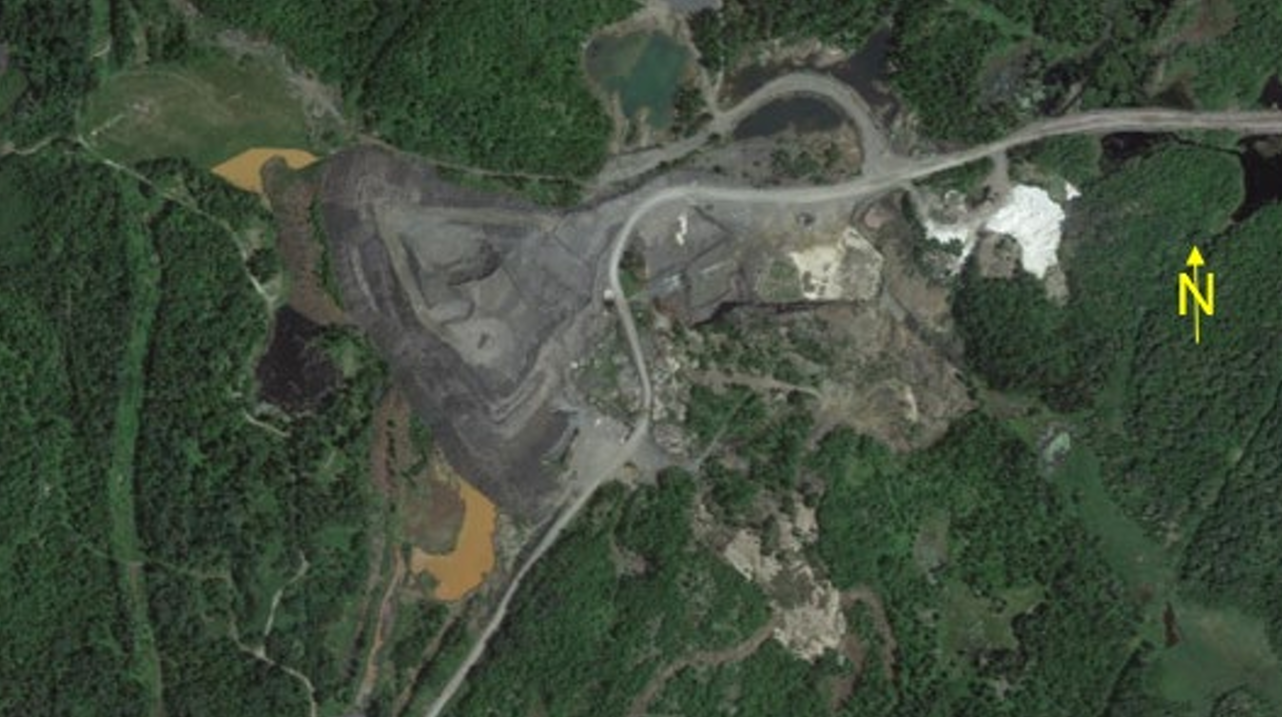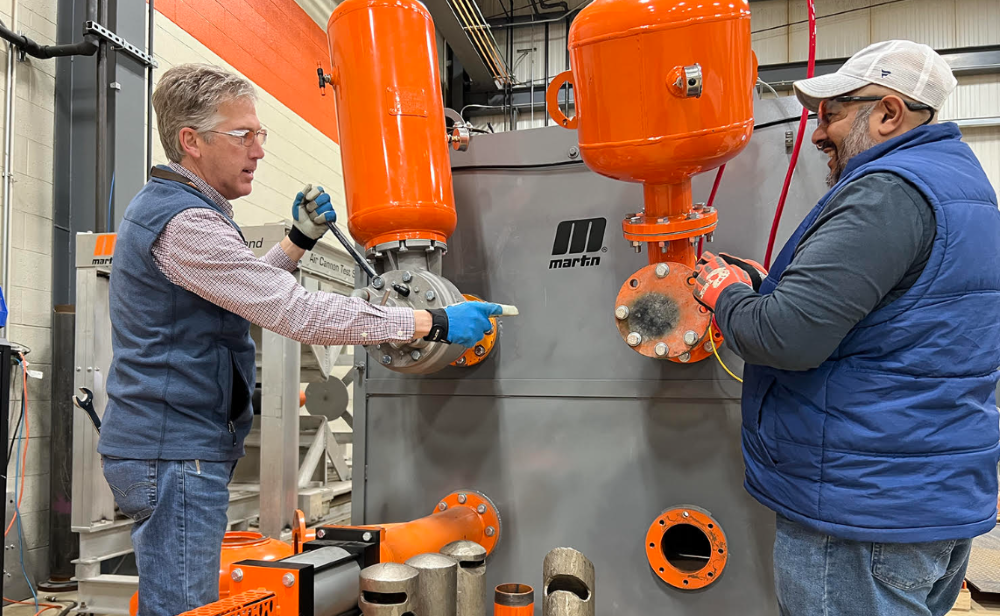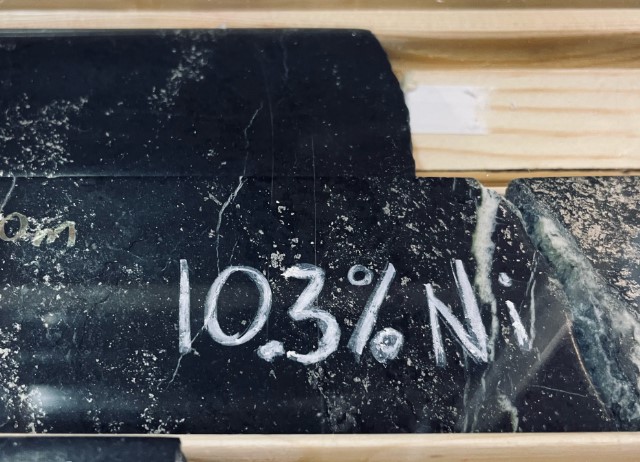Reconciliation central to overhaul of federal environmental assessment process
On Feb. 8, 2018, the federal government introduced Bill C-69, An Act to enact the Impact Assessment Act and the Canadian Energy Regulator Act, to amend the Navigation Protection Act and to make consequential amendments to other Acts. Bill C-69 overhauls the federal environmental assessment process for major projects.
Amongst the objectives underlying the overhaul to the current project assessment process is reconciliation with Indigenous peoples. Reconciliation finds a central role in the proposed changes of Bill C-69. In fact, the preamble of Bill C-69 recognizes the Government of Canada’s commitment “to achieving reconciliation with First Nations, the Métis and the Inuit through renewed nation-to-nation, government-to-government and Inuit-Crown relationships based on recognition of rights, co-operation and partnership.” A similar reference to the Government of Canada’s commitment to fostering reconciliation and partnerships with Indigenous peoples is found in the Preamble to Part I of Bill C-69, the Impact Assessment Act (“IAA”).
The federal government has stated that the proposed changes will recognize Indigenous rights and knowledge in project reviews and create new partnerships with Indigenous peoples built on mutual respect and dialogue.
The specific changes are numerous. They permeate various aspects of the proposed assessment and decision-making process for major projects, including the information to be considered as part of assessments and decision-making, the role Indigenous peoples will play as part of the process, and representation of Indigenous peoples within the proposed decision- making bodies.
Below we have outlined several notable proposed changes.
This list is by no means exhaustive; it highlights key proposed changes.
1 Legislative recognition of Indigenous rights
One of the key changes to the assessment process is the creation of a legislative requirement around the consideration of potential project impacts to Indigenous rights and culture. The purpose section of the IAA provides that these legislative requirements are designed “to ensure respect for the rights of Indigenous peoples of Canada” in the course of impact assessments (“IAs”) and decision-making on major projects.
As to the specific requirements, section 22 of the IAA directs the Agency to consider impacts that the designated project may have on any Indigenous groups as part of the impact assessment process. As to decision-making, section 16(2)(c) of the IAA provides that in making a decision on the project, the Agency must consider “any adverse impact that the designated project may have on the rights of the Indigenous peoples of Canada recognized and affirmed by section 35 of the Constitution Act, 1982.” Section 63 of the IAA imposes the same requirement on the Minister when considering whether the project is in the public interest under section 60.
2 Strive to secure free, prior and informed consent
Another significant change is the express inclusion of the concept of Indigenous consent into the impact review process. The federal government has advised that the goal with all projects will be to secure free, prior and informed consent from Indigenous groups through a process based on mutual respect and dialogue.
While obtaining Indigenous support for a project has long been the goal for project proponents and governments, the inclusion of “free, prior and informed consent” into the assessment process has a special connotation. The United Nations Declaration on the Rights of Indigenous Peoples (“UNDRIP”) includes such a requirement. Canada has endorsed UNDRIP and has agreed to implement it in accordance with the Canadian Constitution.
During the Feb. 8 news conference announcing the proposed changes, Environment Minister Catherine McKenna noted that striving for Indigenous consent was consistent with Canada’s commitment to UNDRIP. While the goal is to obtain consent, she clarified that it may not always be possible:
“That is what you strive for. It is not always going to be possible. You will not always be able to get every Indigenous community coming together, but you have to try really hard.
That is the expectation under Canadian law. We are going to try really hard.”
3 Mandatory consideration of traditional knowledge
Under the proposed IA process, consideration of Indigenous traditional knowledge (ITK) will be mandatory.
While traditional knowledge is considered as part of the current process, the proposed changes will require the Agency to treat ITK with equal weight as science and other information in assessing the potential impacts of a project. The proposed changes also provide protection for ITK through confidentiality and non-disclosure provisions.
4 Consideration of Indigenous assessments
One of the purposes of the IAA is to promote co-operation and coordinated action between federal and Indigenous governing bodies with respect to IAs. In support of this purpose, section 22(1)(l) of the IAA requires that the IA of a designated project take into account any assessment of the effects of the designated project that is conducted by or on behalf of an Indigenous governing body.
5 Consultation co-ordinated by a single agency
The proposed changes streamline consultation with Indigenous Peoples by assigning the responsibility for coordinating Crown consultation to a single body: the Agency.
It is the intent of the federal government that coordination through a single body will assist in supporting long-term relationships with Indigenous Peoples.
6 Indigenous representation on decision-making bodies
The proposed changes contemplate Indigenous representation on decision-making bodies including:
Section 157 of the IAA contemplates the creation of an expert committee to advise the Impact Assessment Agency on issues related to IAs, including scientific, environmental, health, social or economic issues. At least one member of this committee must be an Indigenous person.
Section 158 of the IAA contemplates the creation of an Indigenous Advisory Committee tasked with working with the new IAA to develop policy and technical guidance on issues of concern to Indigenous peoples. Membership must include Indigenous persons.
Section 14 of Part 2 of Bill C-69 (Canadian Energy Regulator Act) provides that at least one member of the board of directors and one commissioner of the proposed Canadian Energy Regulator must be Indigenous.
7 Increased funding for Indigenous engagement
The federal government has committed to providing expanded and streamlined participant funding to Indigenous peoples to support their increased engagement in the assessment process.
MICHELLE JONES is a lawyer at Lawson Lundell LLP whose practice is focused on Indigenous law and environmental law. She also advises clients on occupational health and safety matters. She can be reached at mjones@lawsonlundell.com.





Comments